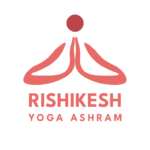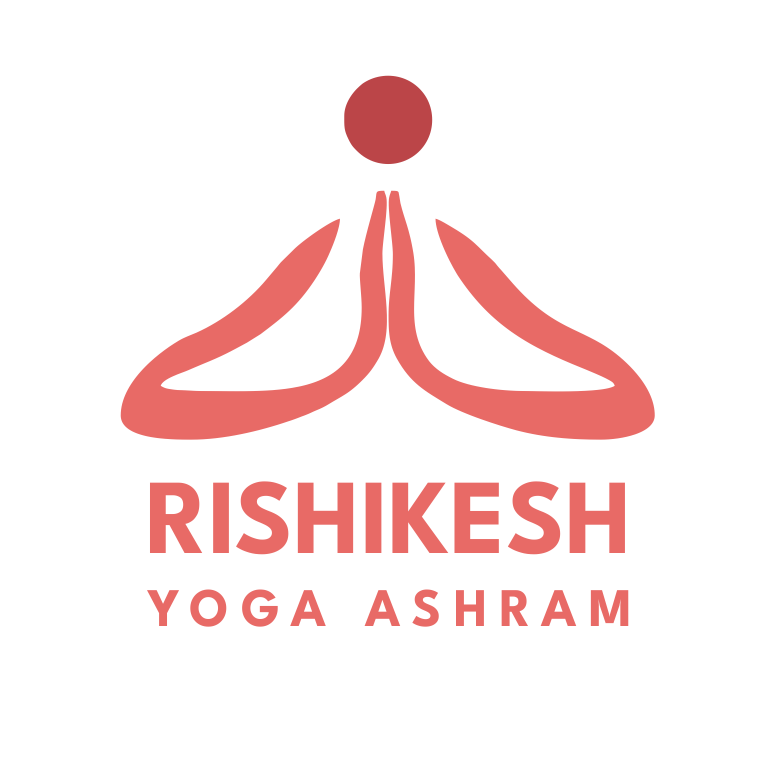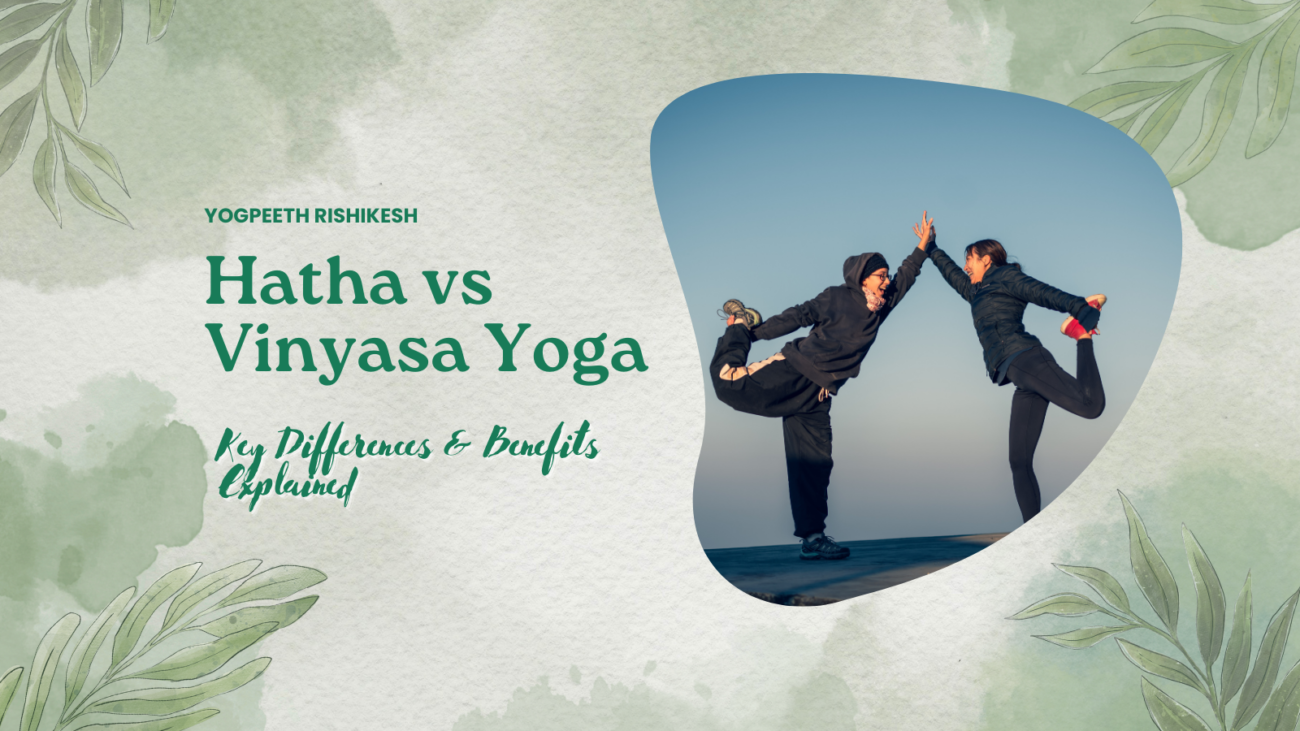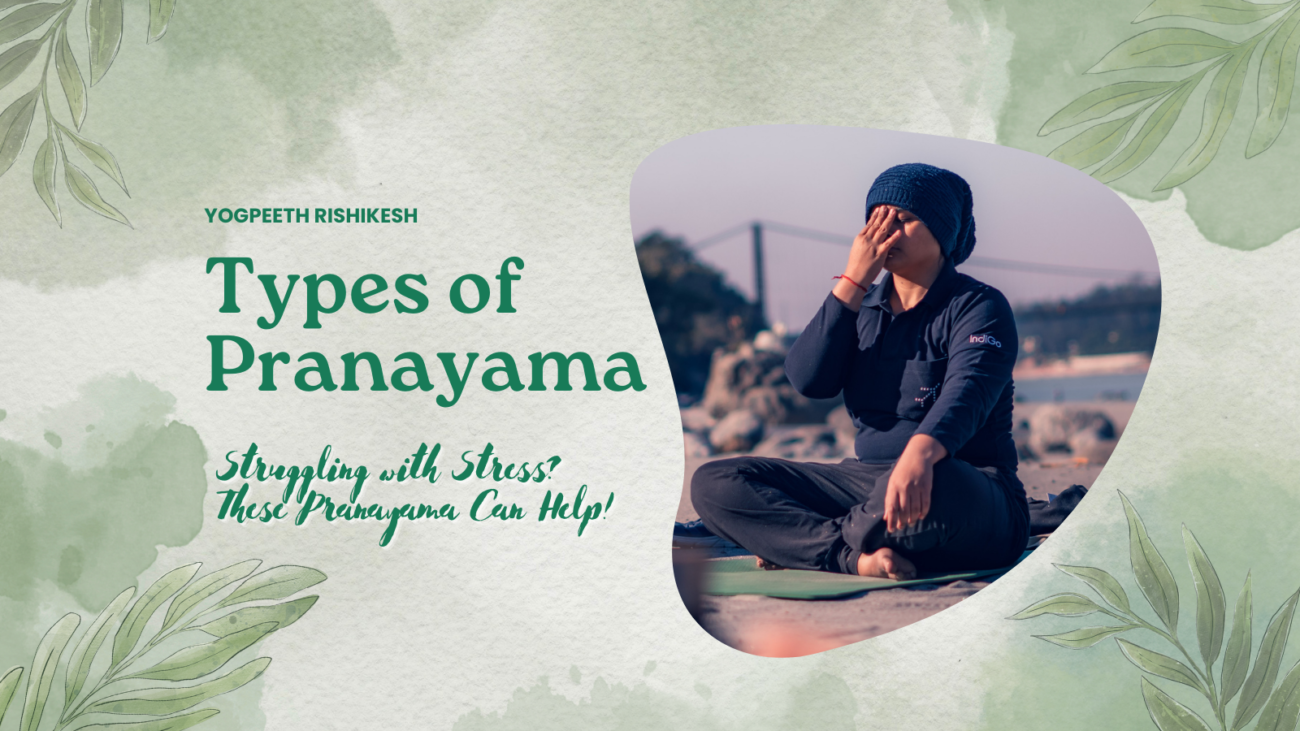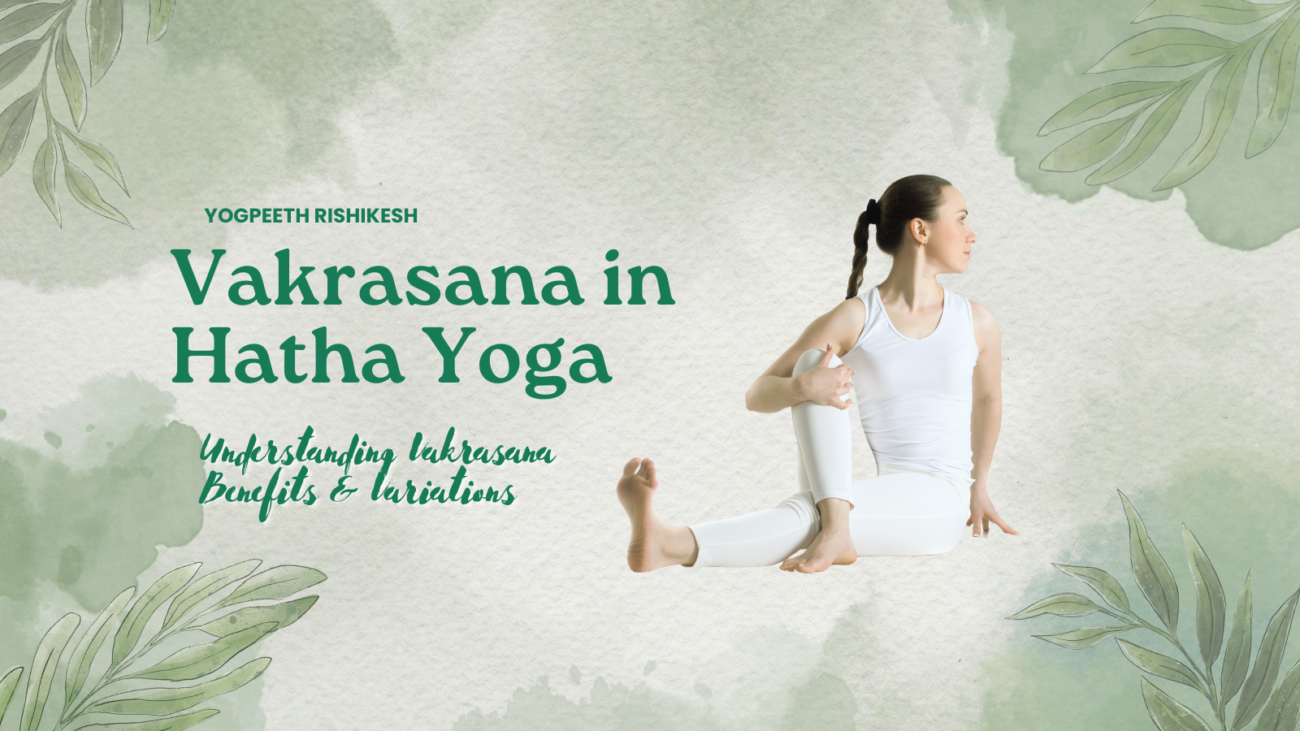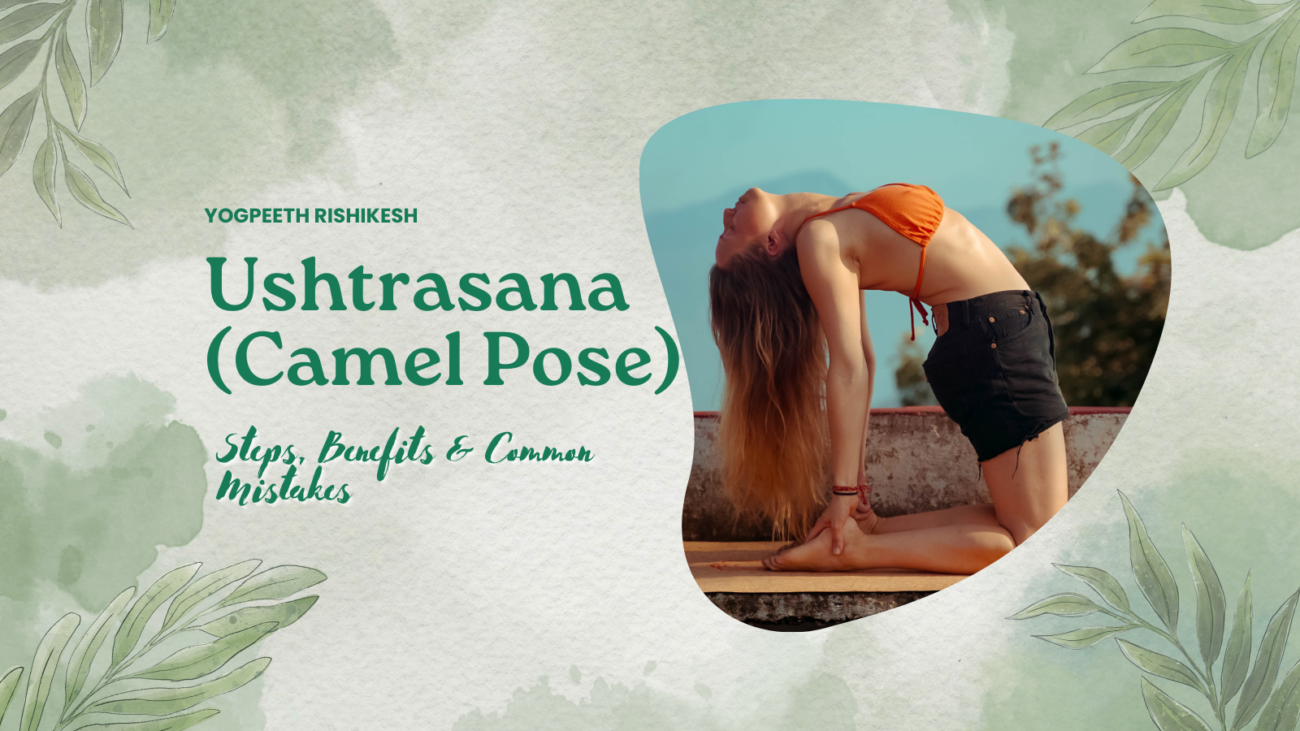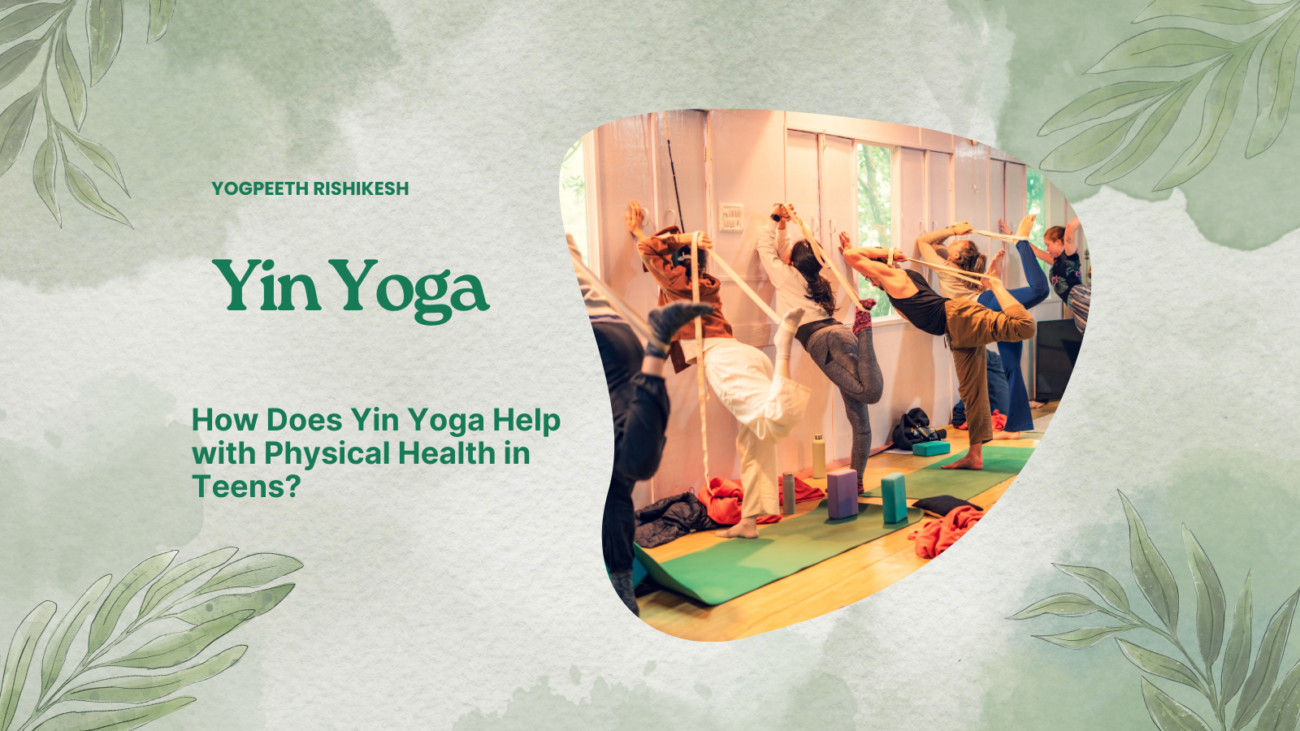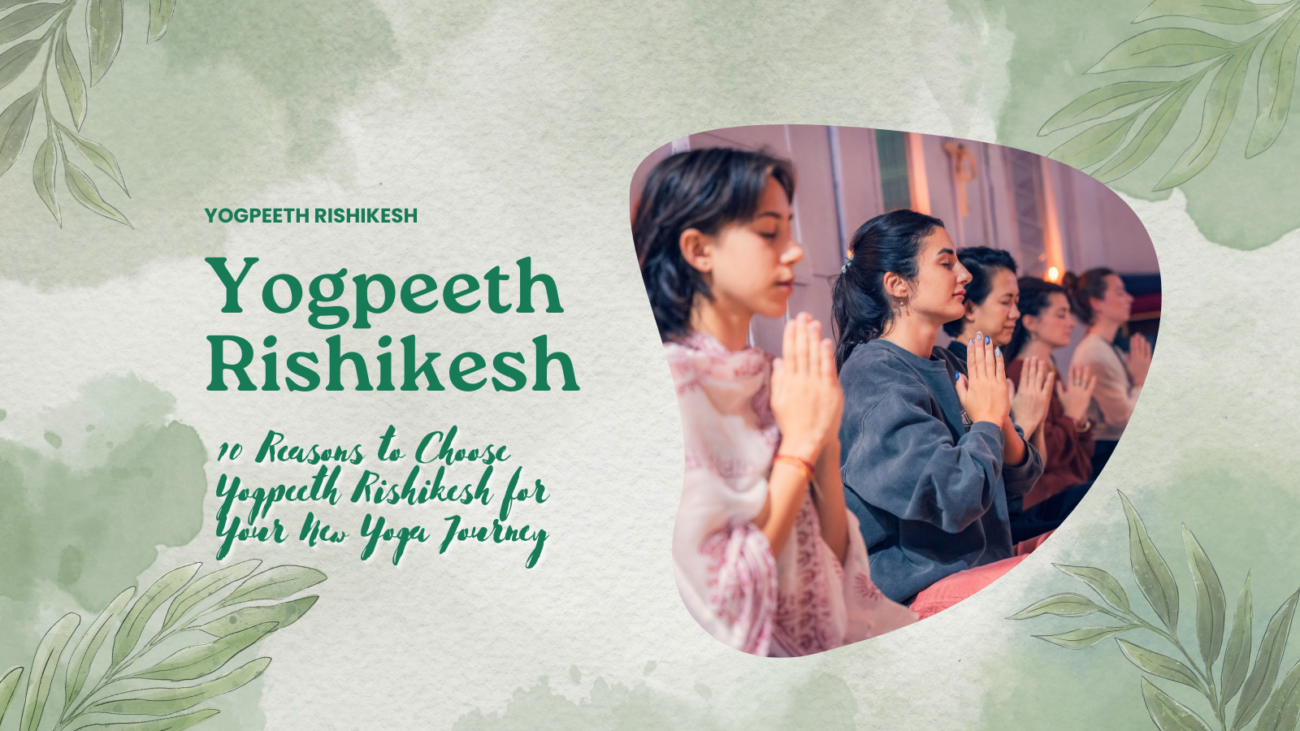Garudasana, commonly known as Eagle Pose, is a powerful standing balance pose in yoga that enhances flexibility, focus, and stability. The pose, derived from the Sanskrit word “Garuda,” meaning “eagle,” symbolizes strength and grace. Practicing Garudasana yoga helps improve posture, strengthens muscles, and increases concentration.
This article will guide you through the Garudasana steps, its variations, and the benefits of Eagle Pose in yoga. Whether you are a beginner or an advanced yogi, mastering Eagle Pose in yoga can elevate your practice.
What is Garudasana (Eagle Pose)?
Garudasana is a balancing posture where the body twists into a tight, compact shape resembling an eagle preparing to strike. It requires flexibility, stability, and coordination, making it a challenging yet rewarding asana.
- Sanskrit Name: Garudasana (गरुडासन)
- English Name: Eagle Pose
- Pose Type: Standing balance pose
- Difficulty Level: Intermediate
This pose is often included in yoga teacher training programs, such as the Best Yoga TTC in Rishikesh and 300 Hour Yoga Teacher Training in Rishikesh, to help students develop balance and body control.
How to Do Eagle Pose (Garudasana Steps)
Mastering Garudasana pose requires patience and practice. Follow these steps to perform Eagle Pose yoga correctly:
Step-by-Step Guide:
- Start in Tadasana (Mountain Pose) – Stand tall with feet together and arms at your sides.
- Shift Your Weight – Transfer your weight onto your left foot while keeping your core engaged.
- Cross Your Right Thigh Over Your Left Thigh – If possible, wrap your right foot around your left calf.
- Bring Your Arms to Shoulder Level – Extend your arms forward and cross your right arm under your left.
- Twist the Forearms – Wrap your arms so your palms touch (or as close as possible).
- Hold and Breathe – Maintain the position for 5–10 deep breaths while keeping your gaze steady.
- Release and Switch Sides – Slowly unwind and repeat on the opposite side.
Practicing Garudasana yoga daily can help improve posture and flexibility. If you struggle, try using a wall for support or opt for Eagle Pose variations to build strength gradually.
Benefits of Eagle Pose (Garudasana Benefits)
Regular practice of Garudasana offers several physical and mental benefits:
1. Improves Balance and Focus
- Enhances stability and concentration by requiring mental engagement.
- Helps improve coordination, making it beneficial for athletes and dancers.
2. Strengthens Muscles
- Engages and tones the legs, thighs, and calves.
- Strengthens the arms, shoulders, and back.
3. Enhances Flexibility
- Stretches the shoulders, upper back, and hips.
- Improves mobility in the legs and arms.
4. Boosts Circulation and Detoxification
- Stimulates blood flow in the joints, reducing stiffness.
- Helps release toxins through deep breathing.
5. Relieves Stress and Anxiety
- Encourages mindfulness and breath control.
- Reduces tension in the shoulders and back.
Many Yoga Schools in Rishikesh include Garudasana yoga in their curriculum to help students achieve strength, flexibility, and mental focus.
Garudasana Variations (Eagle Pose Variations)
If you find Eagle Pose challenging, try these variations:
1. Flying Eagle Pose
- Instead of holding the pose upright, lean forward and extend your arms like an eagle in flight.
2. Half Eagle Pose
- Keep the legs uncrossed while maintaining the arm bind for a modified version.
3. Seated Eagle Pose
- Perform the pose while seated on a chair, perfect for those with knee issues.
Trying different Garudasana variations can make the pose more accessible while still reaping the benefits of Eagle Pose in yoga.
Garudasana Contraindications (When to Avoid Eagle Pose)
While Eagle Pose benefits are numerous, some individuals should avoid it under certain conditions:





If you have any medical concerns, consult a yoga instructor from a Yoga Teacher Training School in Rishikesh before attempting Garudasana.
Common Challenges & Solutions in Eagle Pose
1. Why is Eagle Pose so hard?
Garudasana requires flexibility, balance, and coordination, making it difficult for beginners. Regular practice and using modifications can help improve the pose.
2. Why can’t I do Eagle Pose legs?
Tight hips or lack of balance can make leg wrapping challenging. Work on hip-opening poses like Pigeon Pose or Butterfly Pose to increase mobility.
3. What is the Eagle Pose good for?
Eagle Pose enhances balance, strengthens muscles, and stretches the shoulders, back, and legs. It also helps with concentration and stress relief.
4. What is the benefit of Garudasana?
Garudasana helps improve posture, stability, and circulation. It also strengthens the lower and upper body while enhancing mental focus.
Conclusion
Garudasana (Eagle Pose) is a powerful yoga posture that builds balance, strength, and flexibility. Whether you’re a beginner or an advanced practitioner, including Eagle Pose in yoga practice can help improve focus and mobility.
If you want to deepen your understanding of Garudasana and other advanced asanas, consider joining a Best Yoga Teacher Training School in Rishikesh or a 300 Hour Yoga Teacher Training in Rishikesh. These programs offer in-depth guidance on perfecting postures and improving overall yoga practice.
Are you ready to take your yoga practice to the next level? Try Eagle Pose yoga today and experience its incredible benefits!
